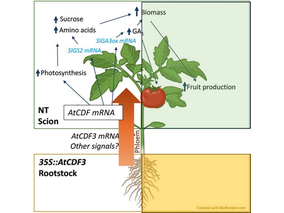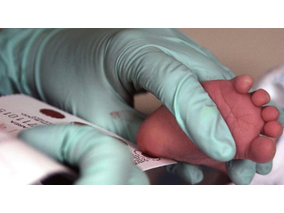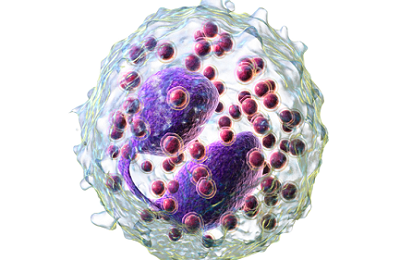Researchers from the European Society of Intensive Care Medicine (ESICM) have identified a gene located in chromosome 5 that is associated to higher risk of survival from sepsis due to pneumonia or intra-abdominal infection contracted outside the hospital. Dr. Jordi Rello, head of the Clinical Research and Innovation in Pneumonia and Sepsis (CRIPS) group at Vall d’Hebron Institute of Research (VHIR), led the Spanish participation in this study published recently in The Lancet.
The aim of the research was to determine whether the genetic factors contribute to the progress of the disease. With this purpose, researchers conducted the first genome-wide association study carried out in patients admitted to intensive care units with sepsis due to pneumonia. They analyzed up to 1.500 patients of whom the 23 per cent died within the intensive care unit admission.
Among the results obtained, scientists identified this gene of the chromosome 5, called FER, that is carried by nearly the 20 per cent of the European population. The genetics of these people protects them from the progress of the disease and improves their response to the current treatments.
Thanks to this discovery, Dr. Rello reports that they could “develop biomarkers for risk stratification, as well as potential novel targets for therapy or prevention of the complications”.
Pneumonia is the main cause of severe sepsis, which is the inflammatory response of the body to the infections. Despite the latest advances on research, Dr. Rello assures that the mortality rate of sepsis due to pneumonia has never fallen from the 20 per cent.

AtCDF3 gene induced greater production of sugars a...

Un estudio con datos de los últimos 35 años, ind...

Un equipo de investigadores de la Universidad Juli...

En nuestro post hablamos sobre este interesante tipo de célula del...

Palobiofarma S.L. is pleased to announce the “last patient last visi...
Biotechnology portal in Spain
Subscribe to our newsletter and stay up to date with the latest news and deals!
2013 © Biotech-Spain.com - Site Developments SL. All Rights Reserved. Terms of Service | Privacy Policy
Articles
Directory
